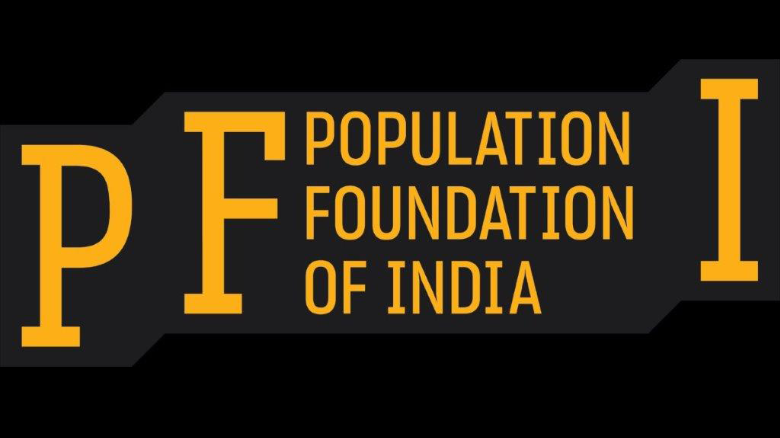
The Lakshadweep administration has proposed a new panchayat regulation that makes any person with more than two children ineligible to contest panchayat elections. Clause 14 of the draft regulation states that those with more than two children cannot contest panchayat elections. Neither can a person with more than two children be a member of a gram panchayat or continue as such.
The proposed regulation is suicidal and defies all logic. According to the National Health and Family Survey – 5 (NFHS) 2019-2020, Lakshadweep has a Total Fertility Rate (TFR) of 1.4 which is far less than the national average of 2.2 and a cause for concern instead. The overall population growth rate for the Union Territory has dropped to 6.3% during the decade 2001-2011 from 17.19% in 1991-2001.
Moreover, even for states which have high fertility rates, there is no evidence that a two-child policy is effective. Similar policies in other states have failed to bring down the fertility rates to the desired level. A five state[1] study by Nirmala Buch[2], a former senior Indian Administrative Service officer (IAS), found that instead in the states that adopted a two-child policy, there was a rise in sex-selective and unsafe abortions; men divorced their wives to run for local body elections, and families gave up children for adoption to avoid disqualification.
Lakshadweep’s sex ratio of 1,187 females for 1000 males (NFHS 5) is positive and could be adversely affected by the proposed regulation. A misplaced bid to enforce a two-child norm in Lakshadweep may also distort the Union Territory’s (UT) healthy sex ratio. Lakshadweep will soon have an aging population and experience labour shortages. This would increase the elderly dependency ratio and intensify the burden of non-communicable diseases, requiring significant financial resources to support the elderly and address their health care needs.
Instead of imposing stringent population control measures, Lakshadweep needs to take steps to contain further reduction in TFR and to provide benefits, such as paid maternity leaves and better child care facilities to families that have additional babies so that employed women are not adversely impacted as a result of child birth. China, which has enforced a one-child policy had to abandon the policy, after having found itself in the midst of a population crisis. Lakshadweep administration will do better by investing in overall social development, health and education with a focus on gender equity, economic development and access to family planning services, irrespective of culture or religion.
The focus of policymakers should rather emphasise meeting the high unmet need for family planning in the UT. Although women do not want more than 2 children, 12.3% of currently married women in the age group of 15-49 years wish to delay or avoid pregnancy but do not have agency or access to contraceptives (NFHS 5, 2019-20), placing them at grave risk of death or disability during pregnancy and childbirth, especially where the quality of care is inadequate.
India could learn from Lakshadweep on what it is doing right. Policies of enforcing a two-child norm, which we have seen before in other states too, come bundled with other gender-unfriendly policies and mindsets that burden women disproportionately and end up treating them as chattel. This pushes the India story back by many years. We cannot afford to do that. India must continue its march onwards, and that will only be possible if women are allowed their freedoms and remain unfettered.
[1] Madhya Pradesh, Andhra Pradesh, Haryana, Odisha and Rajasthan [2] The study entitled, `Law of Two Child Norm in Panchayats – Implications, Consequences and Experiences’ – Nirmala Buch
For more information, please contact: Priyasha Banerjie priyasha.banerjie@populationfoundation.in
